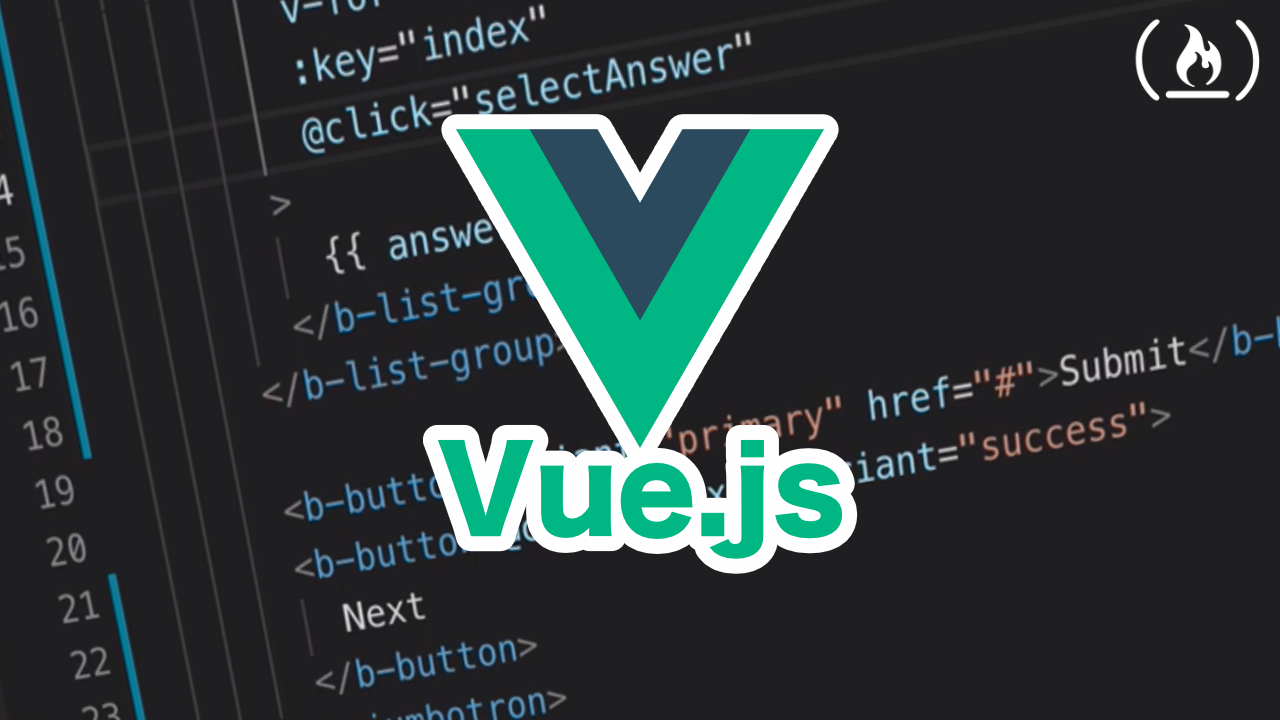Watch侦听器
watch侦听器允许开发者监视数据的变化,从而对数据的变化做出特定的操作
所有的侦听器,都应该被定义到 watch 节点下,侦听器本质上是一个函数
一个常用的场景是输入用户名后发送ajax请求判断用户名是否重复,下面的案例在控制台看代码输出
方法格式的侦听器
要监视哪个数据的变化,就把数据名作为方法名
侦听器接受两个参数,旧的数据值和新的数据值,其中新的数据值是第一个参数
1
2
3
4
5
6
7
8
9
10
11
12
13
14
15
16
17
18
19
20
21
22
23
24
| <div id="app">
<input type="text" v-model="username">
</div>
<script>
const vm = new Vue({
el: '#app',
data: {
username: 'admin'
},
watch: {
username(newVal) {
if (newVal === '') return
$.get('https://www.escook.cn/api/finduser/' + newVal, function (result) {
console.log(result)
})
}
}
})
</script>
|
方法格式的侦听器无法在刚进入页面的时候就自动触发,并且当data是对象格式的数据时,监听数据对象本身无法监听到对象属性的变化
对象格式的侦听器
进入页面就触发
handler 作为对象格式侦听器的处理函数,同样接受两个参数
通过控制对象的 immediate 属性来控制侦听器是否自动触发一次
immediate 属性的默认值是 false
1
2
3
4
5
6
7
8
9
10
11
12
13
14
15
16
17
18
19
20
21
22
23
24
| <div id="app">
<input type="text" v-model="username">
</div>
<script>
const vm = new Vue({
el: '#app',
data: {
username: 'admin'
},
watch: {
username: {
handler(newVal, oldVal) {
console.log(newVal, oldVal)
},
immediate: true
}
}
})
</script>
|
深度侦听器对象格式的数据
当我们的数据 data 是一个对象的时候,我们需要监听的是对象的属性变化,通过对象格式监听器的 deep 属性来控制对 对象形式数据 属性的深度监听
只要数据对象中任何一个属性变化了,就会触发对对象的侦听器
这样的写法每次需要操作还需要在方法内部使用 . 来访问对象属性
如果我们想直接侦听对象中的属性,我们可以直接写一个表达式
1
2
3
4
5
6
7
8
9
10
11
12
13
14
15
16
17
18
19
20
21
22
23
24
25
26
27
28
29
30
31
32
33
34
35
36
37
38
39
40
| <div id="app">
<input type="text" v-model="info.username">
<input type="text" v-model="info.address.city">
</div>
<script>
const vm = new Vue({
el: '#app',
data: {
info: {
username: 'admin',
address: {
city: '北京'
}
}
},
watch: {
info: {
handler(newVal) {
console.log(newVal.address.city)
},
deep: true
},
'info.username':{
handler(newVal){
console.log(newVal)
}
}
}
})
</script>
|
计算属性
计算属性就是指通过一些系列计算后,最终得到一个属性值,这个动态计算出来的属性值可以被模板结构或 methodes 方法使用
比如实现修改rgb的值让盒子的背景色达到自动变色的效果
当不使用计算属性时,我们对于backgroundcolor属性需要每次动态计算我们对 style 绑定的就是一个{ }样式对象,每次使用模板字符串动态计算其值,把计算结果给 style 属性,注意在vue中 v-bind 还有插值语法中可以写js表达式
| 没使用计算属性的代码 |
使用计算属性的代码 |
1
2
3
4
5
6
7
8
9
10
11
12
13
14
15
16
17
18
19
20
21
22
23
24
25
26
27
28
29
30
31
32
33
34
35
36
37
| <div id="app">
<div>
<span>R:</span>
<input type="text" v-model.number="r">
</div>
<div>
<span>G:</span>
<input type="text" v-model.number="g">
</div>
<div>
<span>B:</span>
<input type="text" v-model.number="b">
</div>
<hr>
<div class="box" :style="{ backgroundColor: `rgb(${r}, ${g}, ${b})` }">
{{ `rgb(${r}, ${g}, ${b})` }}
</div>
<button @click="show">按钮</button>
</div>
<script>
var vm = new Vue({
el: '#app',
data: {
r: 0, g: 0, b: 0
},
methods: {
show() {
console.log(`rgb(${this.r}, ${this.g}, ${this.b})`)
}
},
});
</script>
|
|
1
2
3
4
5
6
7
8
9
10
11
12
13
14
15
16
17
18
19
20
21
22
23
24
25
26
27
28
29
30
31
32
33
34
35
36
37
38
39
40
41
42
43
44
45
46
47
| <div id="app">
<div>
<span>R:</span>
<input type="text" v-model.number="r">
</div>
<div>
<span>G:</span>
<input type="text" v-model.number="g">
</div>
<div>
<span>B:</span>
<input type="text" v-model.number="b">
</div>
<hr>
<div class="box" :style="{ backgroundColor: rgb }">
{{ rgb }}
</div>
<button @click="show">按钮</button>
</div>
<script>
var vm = new Vue({
el: '#app',
data: {
r: 0, g: 0, b: 0
},
methods: {
show() {
console.log(this.rgb)
}
},
computed: {
rgb() {
return `rgb(${this.r}, ${this.g}, ${this.b})`
}
}
});
console.log(vm)
</script>
|
|
特点:
- 定义的时候,要被定义为“方法”
- 在使用计算属性的时候,当普通的属性使用即可,就类似于该vue对象多了一个叫
rgb 的数据
好处:
- 实现了代码的复用
- 只要计算属性中依赖的数据源变化了,则计算属性会自动重新求值
axios
axios 是一个专注于网络请求的库!
axios传送门
1
| <script src="https://unpkg.com/axios/dist/axios.min.js"></script>
|
一般我们在vue中使用 axios 时都会使用下面的命令来安装
并且使用前通过 import axios from 'axios' 来导入
axios的GET请求
直接使用 axios 发送 Get 请求 在控制台查看输出
1
2
3
4
5
6
7
8
9
10
11
12
13
14
15
16
17
| <script src="https://unpkg.com/axios/dist/axios.min.js"></script>
<script>
axios({
method: 'GET',
url: 'http://www.liulongbin.top:3006/api/getbooks',
params: {
id: 1
}
}).then(function (result) {
console.log(result)
})
</script>
|
axios的POST请求
1
2
3
4
5
6
7
8
9
10
11
12
13
14
15
16
| <button id="btnPost">发起POST请求</button>
<script src="https://unpkg.com/axios/dist/axios.min.js"></script>
<script>
document.querySelector('#btnPost').addEventListener('click', function () {
axios({
method: 'POST',
url: 'http://www.liulongbin.top:3006/api/post',
data: {
name: 'zs',
age: 20
}
}).then(function(result){
console.log(result)
})
})
</script>
|
axios 配合 async 和 await 使用
对于Es7的 async 和 await 可以看 Promise 、async、await 的学习
在下面的例子中,通过 async/await 和 解构赋值 来使 axios 的操作更加方便
1
2
3
4
5
6
7
8
9
10
11
12
13
14
15
16
17
18
19
20
21
22
23
24
25
26
27
28
29
| <button id="btnPost">发起POST请求</button>
<button id="btnGet">发起GET请求</button>
<script src="https://unpkg.com/axios/dist/axios.min.js"></script>
<script>
document.querySelector('#btnPost').addEventListener('click', async function () {
const { data } = await axios({
method: 'POST',
url: 'http://www.liulongbin.top:3006/api/post',
data: {
name: 'zs',
age: 20
}
})
console.log(data)
})
document.querySelector('#btnGet').addEventListener('click', async function () {
const { data: res } = await axios({
method: 'GET',
url: 'http://www.liulongbin.top:3006/api/getbooks'
})
console.log(res.data)
})
</script>
|
我们还可以直接通过 axios.get() 和 axios.post() 来进行 get 和 post 请求的发送
1
2
3
| axios.get('http://www.liulongbin.top:3006/api/getbooks', {
params: { id: 1 }
})
|
1
| axios.post('http://www.liulongbin.top:3006/api/post', { name: 'zs', gender: '女' })
|
axios挂载在vue原型下
不论是通过import axios from 'axios' 还是通过 <script src="https://unpkg.com/axios/dist/axios.min.js"></script> 每个组件都需要单独引入并且使用,这样太麻烦了
我们可以在 main.js 中导入 axios 并且挂载在vue原型中,并且在挂载前设置请求根路径,这样我们就使用或修改服务器地址后进行维护都比较方便
1
2
3
4
5
6
| import Vue from 'vue'
import App from './App.vue'
import axios from 'axios'
axios.defaults.baseURL='请求根路径'
Vue.prototype.$http = axios
|
在这之后我们在每个组件中使用时,只需要通过 this.$http 就可以使用了,这里 $http 是一个习惯,也可以写成别的名字





